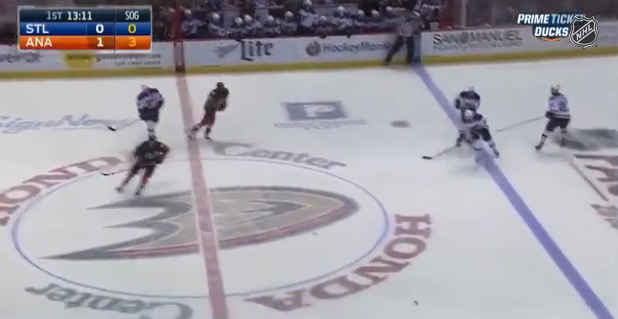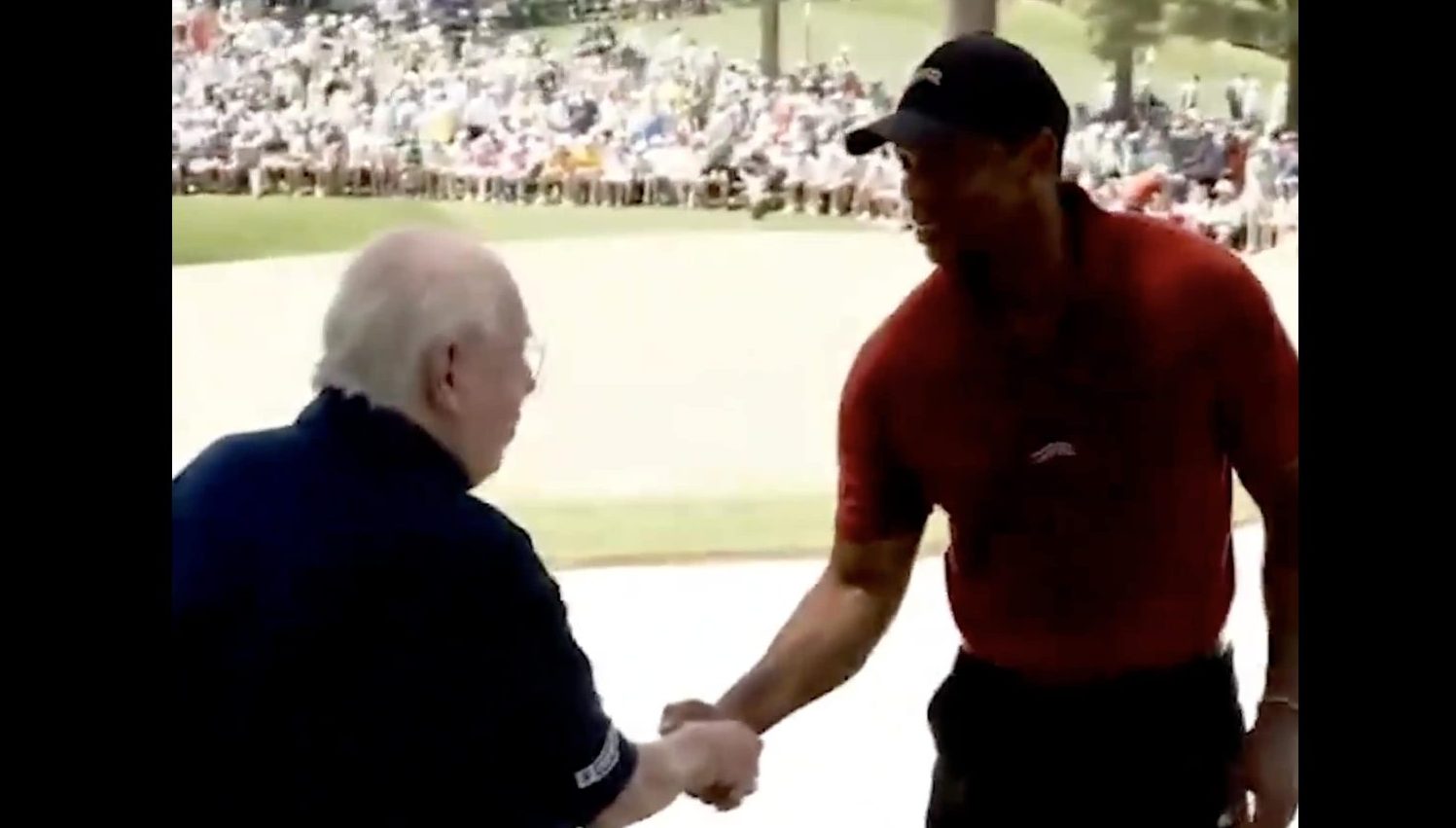Hockey fans have noticed something different on select NHL telecasts this season. Along with the usual graphics, Fox’s regional networks have been displaying something else (for most of the game) up on their usual graphic overlay. It’s a live count of each team’s shots on goal, as shown by this highlight from the weekend.
Fans have been anywhere from ambivalent to actually positive towards the change, but it does seem interesting. Given the analytical evolution of hockey, it wouldn’t seem as if a lot of hockey fans were crying out for a shots on goal counter. However, the addition and hockey’s “summer of analytics” are not entirely unrelated.
Mike Connelly, senior vice president and executive producer, Fox Sports Regional Networks, was in charge (as he is of all things with their NHL, NBA and MLB productions) of the innovation, and says that it’s all part of hockey’s lean towards the statistical, and a simple desire to explain why things were happening after he took note of the Los Angeles Kings’ run to the Stanley Cup, which Connelly calls “maybe the greatest run of any team in professional athletics in the United States that we’ve ever seen.”
“It really started in the playoffs,” Connelly explains. “If you look at the stats with the Kings, they were outshot almost every game. They were just outshot left and right, but their scoring chances were 2 to 1 (in their favor) every game, and their shot efficiency was great. We never saw that, in the Canadian productions, the local ones or the NBC broadcasts.”
“We weren’t putting up these pertinent stats that could tell us the story behind the story.” However, the end reason for why you’re seeing this graphic is more or less a simple adjustment. “We don’t want to roll analytics into the Fox box the entire game, but if you look at the scoreboard in every arena you see two things: the score and the shots on goal. We wanted to start with shots on goal on the screen just to see people respond to it, and so far the response has been positive, other than it might be a little too big and a little too distracting.”
Shots on goal may not be the only thing you see up there, it’s just being used during the early season’s small sample size. “It will evolve as we move through the season,” Connelly says. “We go back to the LA Kings, because we want to show scoring chances. They really make the most of every scoring chance, and as the season evolves and as these teams start developing, you’ll see more stats. Whether it be scoring chances or hits or total shots, blocked shots, whatever the key storyline.”
As far as moving closer to hard analytics? Well, Connelly is certainly interested from a narrative standpoint, but it comes down to explaining things during a finite game broadcast.
“There’s always a storyline in every sport. We’re moving into the analytical or intellectual approach to athletics these days. We do have an approach to this, and it’s very simple: if we want to get complicated, we’ll get complicated in the pregame show, they’ll use it in short intermission segments. But inside the game, it’s a very simple philosophy we tell our production team: if it takes you longer than 15 seconds to explain a stat, then we don’t need to talk about that stat, because the attention of the audience is short.”
It’s certainly a more evolved stance on the subject than the league’s national partner, NBC, whose Sam Flood said in a statement to Sports Business Daily that they are “studying what analytical content might work for TV,” but that hockey “is a game based on creativity, vision, skill and heart. Numbers can provide insights, but we’re not sure numbers can adequately capture those crucial talents.” Let’s just say it’s nicer than his lead analyst has been on the subject.
While analytics and new statistical graphics are one thing, they’re far from the only innovation we’ve seen on an NHL telecast this season, but it’s certainly the most regularly featured. Rogers Sportsnet, which now has a monopoly on nationally televised hockey in Canada, has been experimenting with new camera angles that are mostly for the second-screen experience, but have been used on replays as well. The most promising are sky-cam — a camera rolling on a cable above Air Canada Center in Toronto — and ref-cam, which is fairly self-explanatory.
https://www.youtube.com/watch?v=VUojczbeSGM
If you don’t think American producers like Connelly aren’t salivating over this new technology, you’re dead wrong. “I think it’s great, and I think what Rogers is doing is great. If we could put a sky-cam in every building in the NHL, I think it would sell the game more than anything else they could do. I love the idea of ref cam, I hope we have it on every game.”
Other innovations we could see, at least on a local level, involve GoPro cameras, a technology that the league is openly embracing. There are GoPro cameras in Dallas that have replaced spaces of the dasher boards to allow for better looks. We may see cameras inside the posts in a live game someday. It’s all part of the NHL’s recent embrace of new technologies when it comes to making the game a little easier to see.
“The NHL has grown leaps and bounds in terms of testing technology and embracing television, because they know they have to, because it used to be that on television it was hard to see the puck.” Connelly said. “Today, technology is allowing us to follow those pucks. Through HD technology, through sky-cam, we’re able to see those pucks.”
Of course, the only problem is that now we’ll be able to see how bad the refs are at dropping them, sometimes. The hockey fan is never satisfied, at least when it comes to television.







Comments are closed.